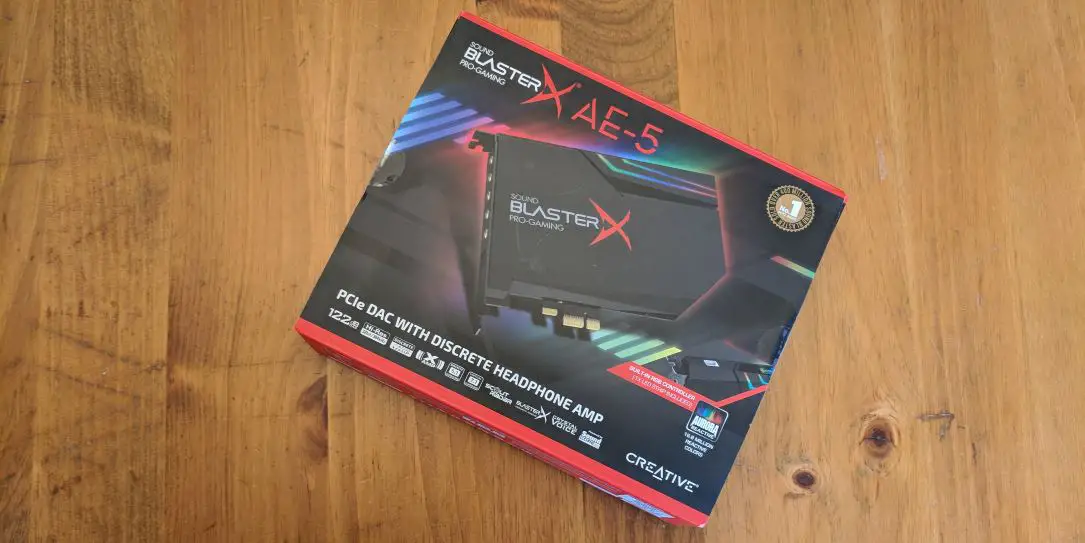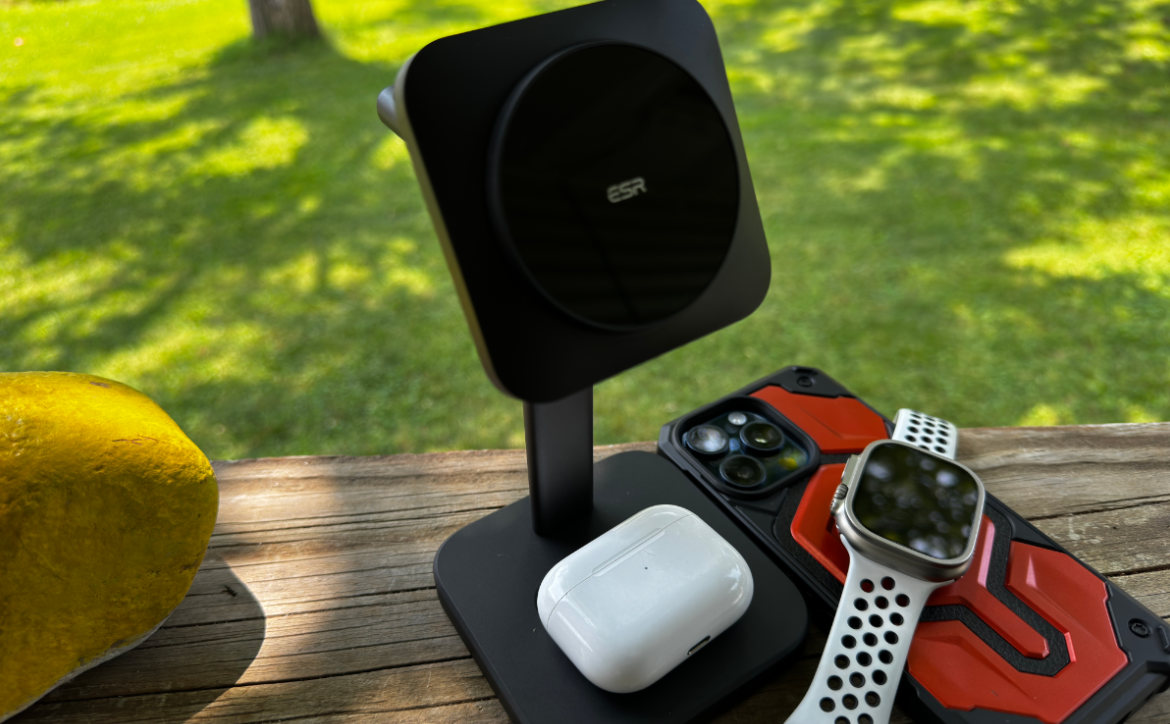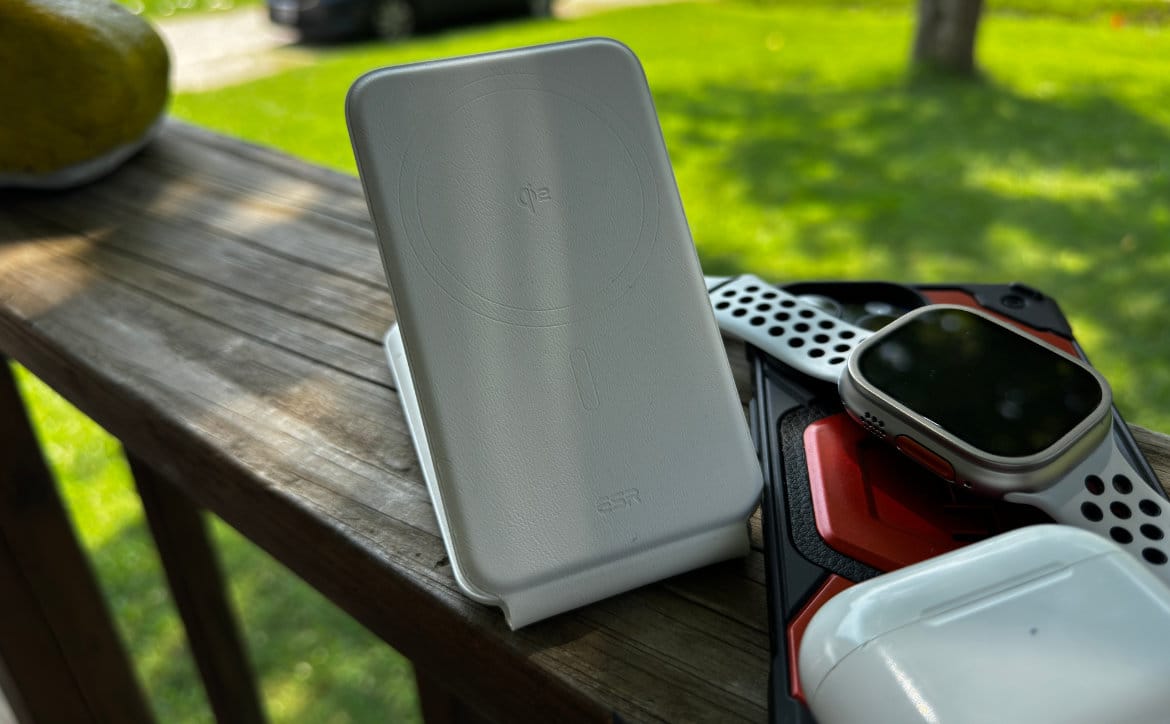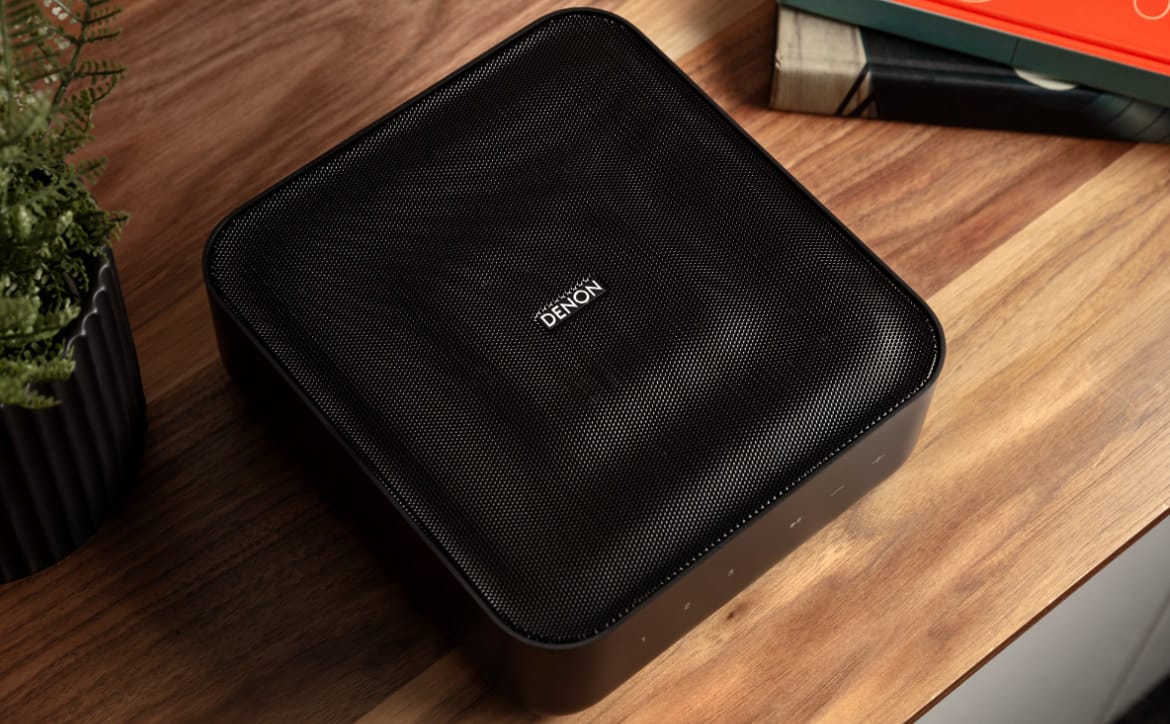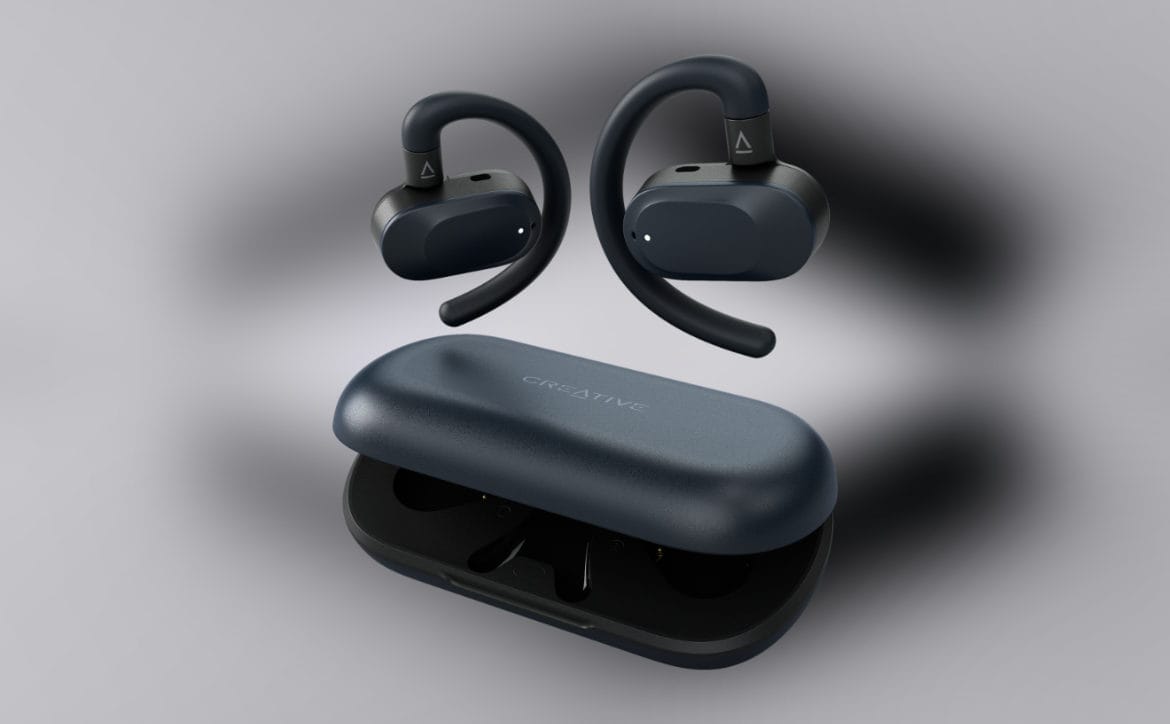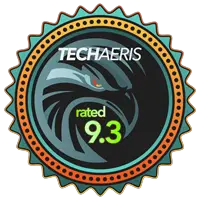 Dedicated sound cards may be far less prevalent than they were in the early days of PC gaming but they haven’t disappeared completely. If you grew up building your own gaming computers, Creative and Sound Blaster are immediately recognizable names. While the company has branched out into other audio products (which we’ve found work quite well) they’ve also stuck to their roots with dedicated audio cards as well. The Creative Sound BlasterX AE-5 provides a dedicated sound card for your PC and comes with available lighting for those that are into that sort of thing. Keep reading to see how it performs.
Dedicated sound cards may be far less prevalent than they were in the early days of PC gaming but they haven’t disappeared completely. If you grew up building your own gaming computers, Creative and Sound Blaster are immediately recognizable names. While the company has branched out into other audio products (which we’ve found work quite well) they’ve also stuck to their roots with dedicated audio cards as well. The Creative Sound BlasterX AE-5 provides a dedicated sound card for your PC and comes with available lighting for those that are into that sort of thing. Keep reading to see how it performs.
Specifications
- Sound Card
- Power: PCIe bus power, +5V for Aurora lighting (requires 4-pin molex peripheral connector from PC power supply)
- Audio Technology: BlasterX Acoustic Engine
- Dynamic Range (DNR): 122dB
- Connectivity Options (Main)
- 1/8″ (3.5mm) Mic In/Line In
- 1/8″ (3.5mm) Headphone/Headset Out
- 1/8″ Front Out
- 1/8″ Rear Out
- 1/8″ Center/Sub Out
- TOSLINK Optical Out
- Connectivity Options (Accessory): 1 x Front Panel Header, 1 x RGB LED Header (support 5V RGB strips)
- Supported Operating Systems: Windows® 7, Windows® 8, Windows® 10, Windows® 8.1
- Dimensions: 145 x 20 x 128 mm
- Platform: PCIe
- Recommended Usage: Gaming
- Headphone Amp
- Supported Headphone Impedance: 16 – 600 Ω
- Audio Technologies: CrystalVoice
What’s in the Box
- Sound BlasterX AE-5
- LED Light Strip
- Warranty Info
- Quick Start Guide
Design
How much is there really to say on the design of a component that sits inside your PC tower, possibly never to be seen again? Probably not much, but there are some basics that we can get out of the way. The Sound BlasterX AE-5 is a PCIe sound card that includes a DAC and discrete headphone amp. Most all of the important bits that do the heavy lifting are stored inside of the enclosed case, so we’re really just looking at the outer casing here.
The bottom edge includes your standard PCIe connector, while the back edge has a slight notch giving the entire card a not-quite-rectangular form factor. The Sound Blaster X Pro-Gaming name mark is emblazoned on what will ultimately be the bottom face of the card and also along the edge on what is the top face of the card. The Sound BlasterX AE-5 product name is listed across what becomes the front edge of the card once it’s installed in your PC.
The back edge of the card includes a 4-pin MOLEX power connector, which only provides power for the RGB lighting strip. The back edge also includes the front panel HD audio pins. The front edge has the RGB input plug near the back end of the case. If you want to use the RGB lighting you’ll plug the included light strip in here (more lighting strips are available for purchase if you’re interested) and then just be sure you’ve got a spare 4-pin MOLEX connector available on your power supply. The lighting can be left off completely if you don’t want to use it. My PC case doesn’t have any windows or areas where the lighting would really show through, so that was not tested in this review.
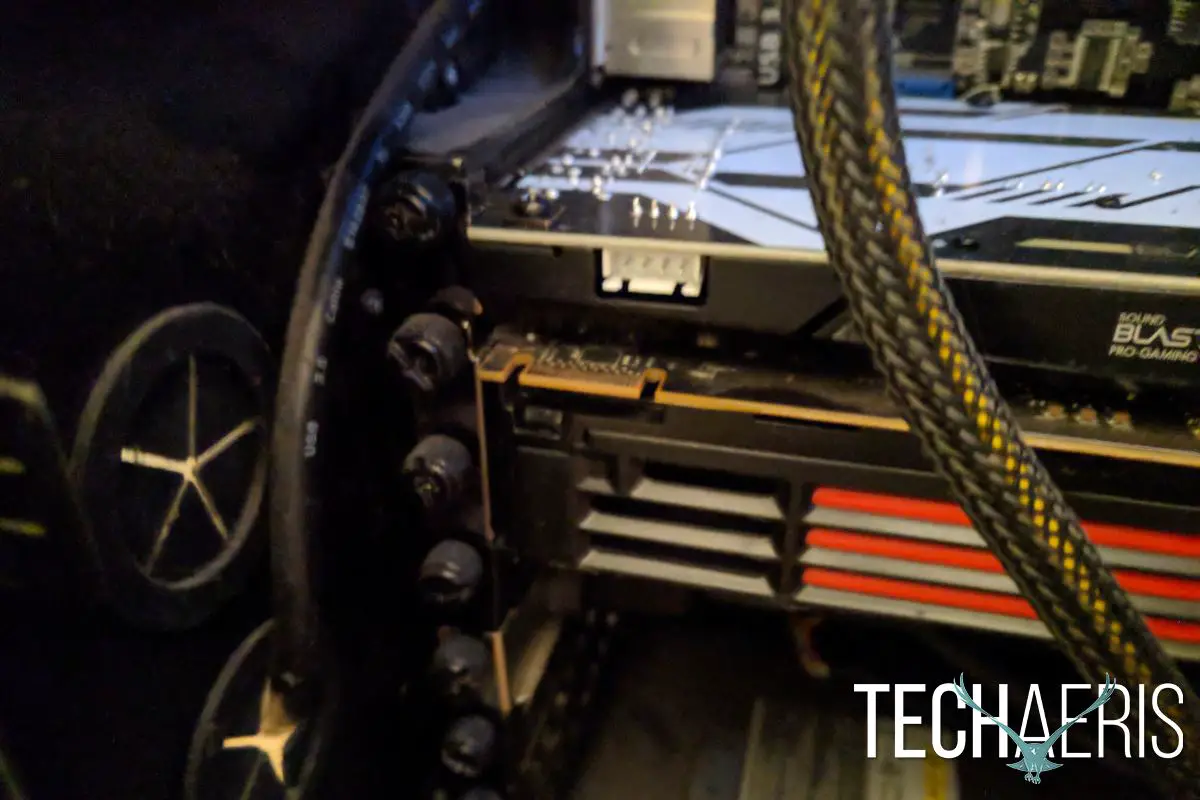
Last but absolutely not least, the rear panel. This is where all of the audio connections will happen, and there’s nothing too horribly out of the ordinary going on back there. From right to left you’ll find 3.5mm audio jacks for line in/Mic in, headphone, front (L/R), rear (L/R), and center/subwoofer. On the left end, you’ll also find an optical audio output. Overall this is a nice looking card, which you’ll possibly install and then never look at again.
Installation
If you’ve built your own computer, or have at least put a computer together in the past, installation will be a breeze. Just confirm that your computer has a spare PCIe slot for the card, remove the back plate for that slot from your PC case, and press the card firmly into the slot until it is seated. Screw the rear plate to the inside of the case, and if available add the front HD Audio cable from your PC case and for basic installation that’s all you’ll need. If you choose to add the included LED lighting, you’ll need to be sure that your power supply has an available 4 pin MOLEX power cable, but the sound card itself will work just fine without the LED strip if you don’t have that power cable available (or just don’t want to add the lighting strip to your PC). Once you close up your case, that’s really all there is for installation. Very straightforward and easy, especially if you’ve got some experience building a PC.
Ease of Use
Sound cards such as the Sound BlasterX AE-5 are remarkably easy to use as long as you’ve properly installed and set things up. There is a pretty easy pitfall that can create headaches which I’ll discuss in the Software section below, but once everything is set up properly you’ll have no issues at all with the general operation of this sound card.
Software
First things first, if you own any other Creative hardware, and have previously installed the Sound Blaster Connect software, you’re not going to have a good time. That version of the software doesn’t recognize the AE-5 at all, and even though Windows claims the device is set up properly, it really isn’t. So, be sure to download the new Sound Blaster Connect 2 software in order to get things working with your new sound card. That said, Sound Blaster Connect 2 looks basically identical to Sound Blaster Connect (and the new software should also handle most of your older Creative hardware too), so if you’re familiar with the original software you should have no problems with the update.
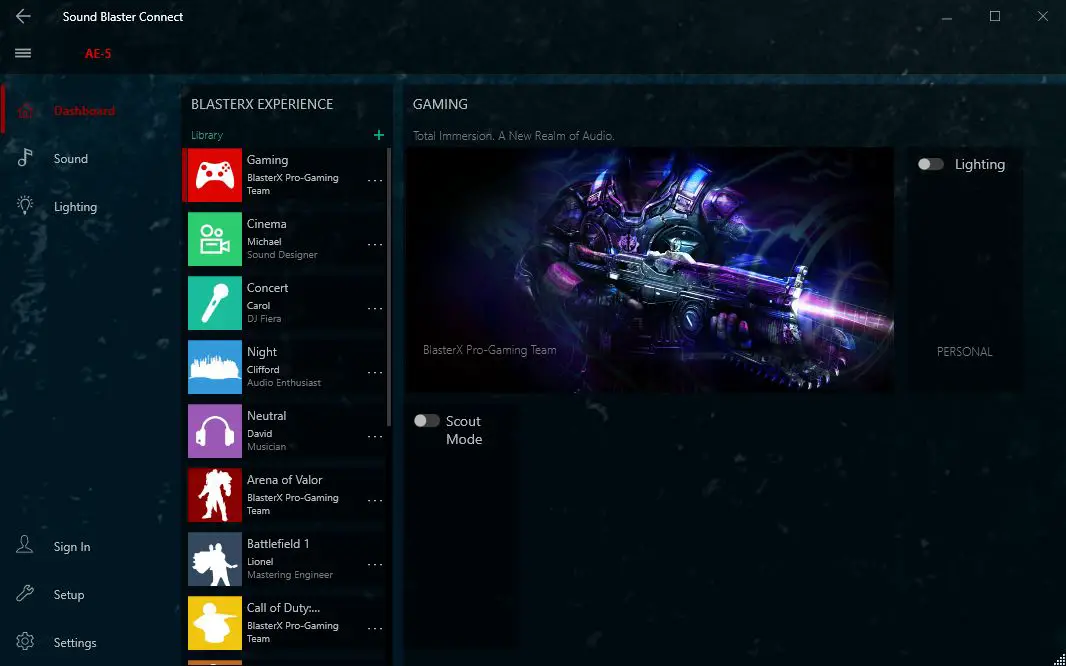
That small bit of confusion out of the way, the Sound Blaster Connect 2 handles both the software and necessary drivers to get the AE-5 up and going. I did have some issues with the software even after getting the appropriate software installed. At one point the Connect 2 software stopped responding entirely, not opening at all. Uninstalling and reinstalling the software got it working again, though some of the options I’d previously seen (and of course hadn’t taken screenshots of) were no longer there. The main omission was the specific settings for headphones under the “Setup” menu item. Most of my testing was done with headphones, so this option suddenly missing was troubling for me. Without having a headphone option to select, the mixer options weren’t available for me to adjust. Thankfully, the mix is still pretty great out of the box, though having more control is always a good thing.

Performance
After ensuring that you have the right software and drivers installed, and setting up the appropriate listening devices in the software you can really get going. Depending on how you’re listening, this thing pumps out a whole lot of sound, and things can get very loud very quickly. Using the rear mic/headphone plugs and the HyperX Cloud Alpha headphones, I could really only keep the main volume at around 30-40% while the in-line volume control was at around 50% without completely blowing out my ears. With the inline control at 100%, I couldn’t have the main volume any higher than 10%. That said, the audio coming out sounded fantastic, with super clear highs and mids, while pushing enough bass to prop everything else up nicely. Gaming audio is super clear and precise as well. It can make a big difference depending on the game. Different headphones and speakers will react differently when it comes to volume and tone of course, though you still likely won’t need to turn the main Windows volume up all that high to get some really great audio.
Most of the huge volume on headphones comes via the discrete headphone amp, which powers each channel heading directly into your ears separately. I’ll let Creative explain what they’re doing:
The Sound BlasterX AE-5 is the first sound card to feature Xamp, our custom-designed discrete headphone amplifier. Each audio channel is individually amplified, allowing the AE-5 to deliver a whole new level of pristine audio fidelity in an unaltered lossless model to each earcup regardless of demand. The ultra-low 1Ω output impedance drives 16-600Ω headphones perfectly.
The result is incredibly clear audio no matter what you’re listening to. Your speakers or headphones will obviously play a pretty big role in how things sound, but as long as you’re attaching quality hardware to the AE-5 you’re going to have pretty great results. The 3.5mm inputs may be one downside for some though, as many audio products — including the impressive Sound BlasterX Kratos S5 speakers — run via USB audio.
Price/Value
The Sound BlasterX AE-5 starts out at $149.99 USD and increases to $179.99 USD for the Pure version. The main difference here is the number of LED lighting strips included as far as I can tell. The Pure edition has a slightly different color scheme for the card itself and comes with 3 additional light strips. If that’s the kind of thing you’re going for, that extra $30 might be worth it for you, though if you just want some great sound and ignore the lighting, stick with the AE-5 and save yourself a few bucks.
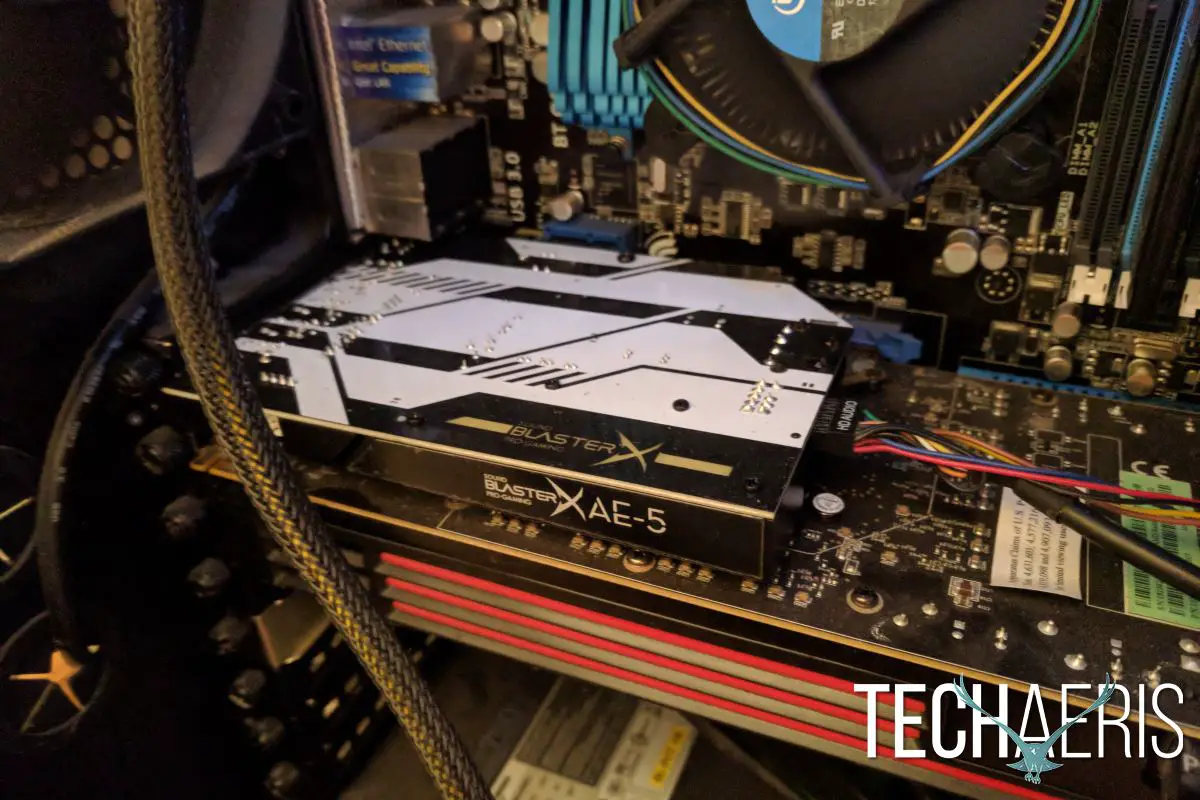
Wrap Up
Discrete audio isn’t going to be for everybody. Many are perfectly happy with what integrated onboard audio can do for them. If you’re looking for an easy way to make an immediate difference in the audio your computer can put out, the Sound BlasterX AE-5 is definitely worth a look.

